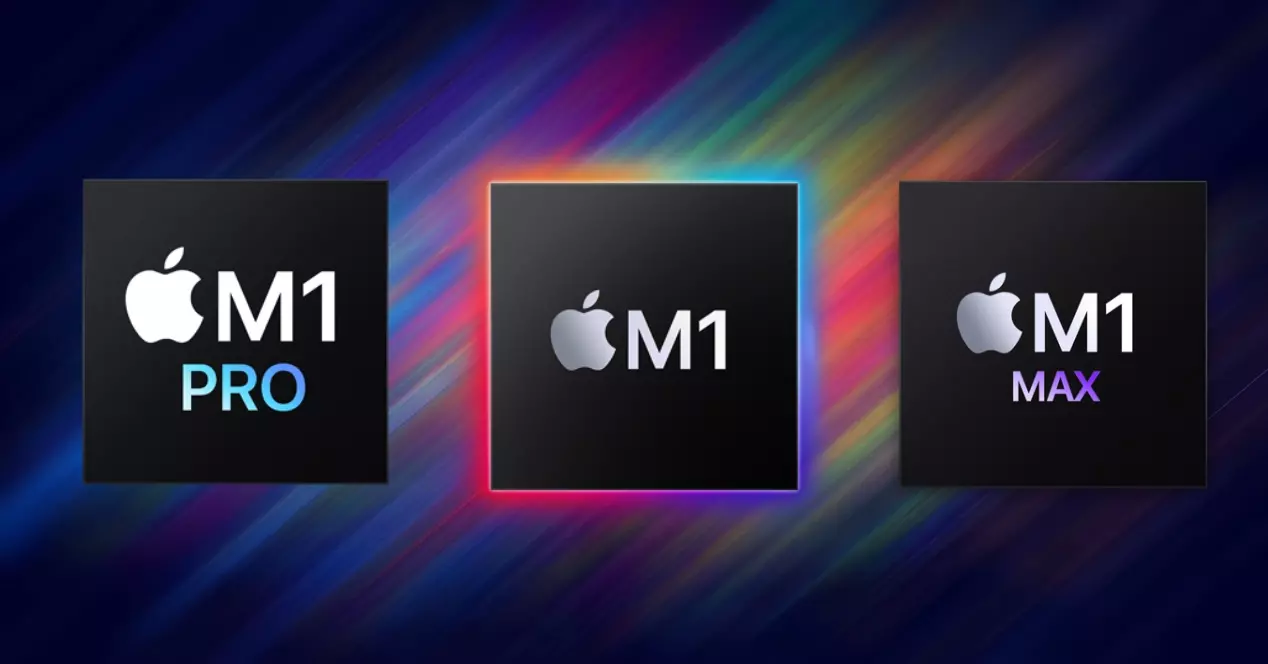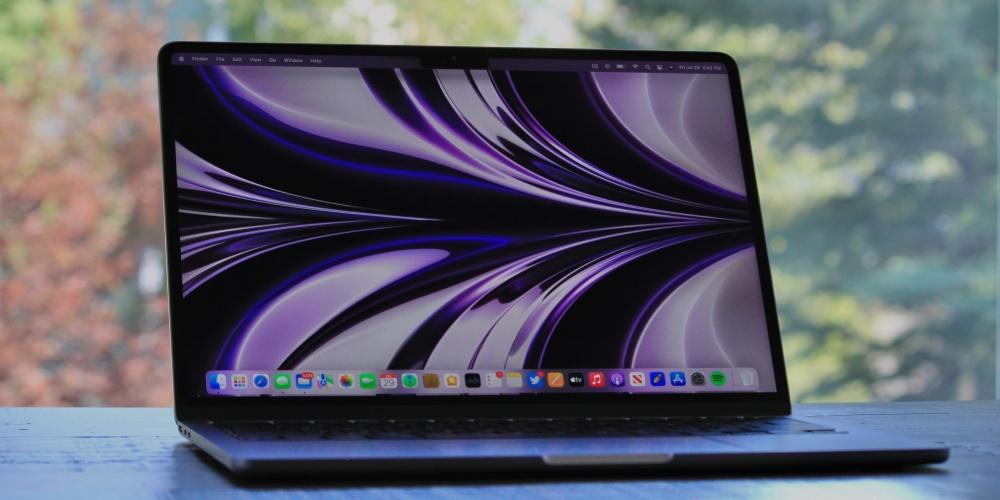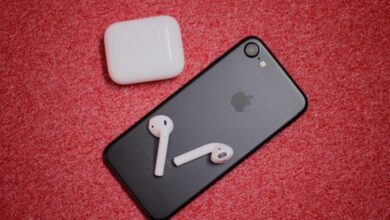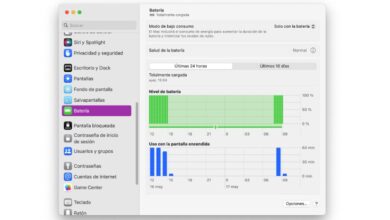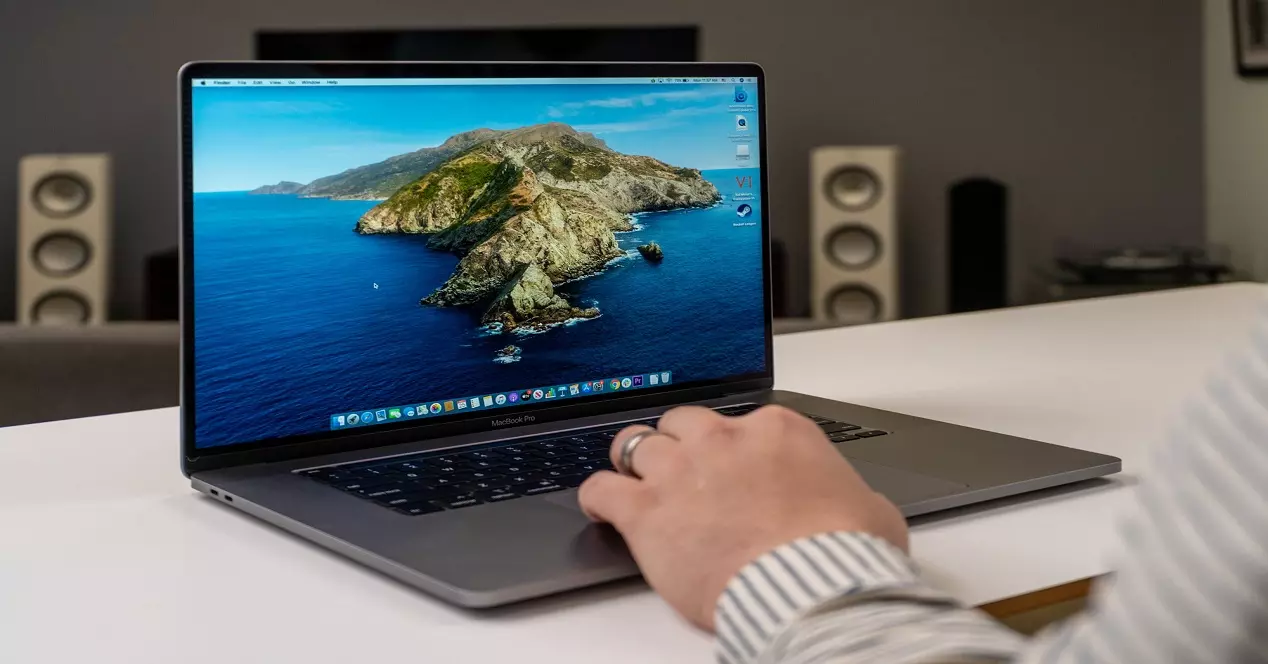
It is possible that, even today, you wonder if there are overheating problems in MacBooks. And is that for years this has been a problem that brought real headaches to users and Apple itself. The arrival of the Mac with M1 promised to change many things, but have they delivered in this area? We analyze it.
The damned Intel and their lousy temperature management
Although Apple no longer sells any version of its laptops with Intel processors, it did sell until just a few months ago. Therefore, there are many who still have a computer with these chips and who can be affected by poor consumption and temperature management by these chips.
What is really problematic about these computers is that, even with fans and heatsinks, the heat is still concentrated too much on the chassis of the device to the point that sometimes it is practically impossible to have them on your knees. And you will probably think that it is in cases in which intensive use is made with very demanding tasks, but nothing is further from the truth, since sometimes it is enough to open a couple of simple apps such as Safari or a text document so that the fans start blowing.
And these high temperatures are not only a physical problem due to the heat they dissipate, something that can be alleviated in a certain way with bases that cool MacBook, but internally they can also reach affect battery and, of course, to device performance. And it is that when such high temperatures occur, the system automatically reduces the processes and a greater slowness is noticed when executing any action, thus showing that they are not the most ideal equipment for demanding and prolonged uses in time. .
Blessed M1 and its energy efficiency
There were already clear suspicions that once Apple was the maker of the Mac chips the problem would diminish, although there were probably still many skeptics. In 2020 we saw the first MacBook Air and MacBook Pro with M1 chips with identical design to the latest Intel. And not only that, but the ‘Air’ did not even bring a fan, although it did have a heat sink.
Obviously with such a risky design for temperature management, it was expected that there could still be problems, albeit in a less obvious way. However, a year later we can certify that it is not. These, like the recent MacBook Pros with M1 Pro and M1 Max, are devices that are highly efficient in all aspects, reaching temperatures considerably lower than Intel in identical processes and without having to compromise performance for safety reasons.
It is true that in the case of the ‘Air’, as it does not have a fan, the performance is somewhat reduced depending on which processes. But not even with those you notice a really drastic reduction that can worsen the user experience. And if we add to these improvements in temperature management the great overall performance of the chips or how well it manages battery consumption, we find what many have dreamed of for years.
With these facts, it is normal for Intel to be nervous and rushed in a market in which ARM chips are gaining more and more prominence. It remains to be seen if the rest of the manufacturers influence in the same way in this area, but we already see that Apple has gained with the change.
